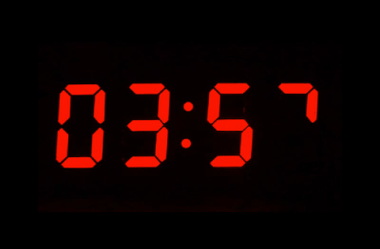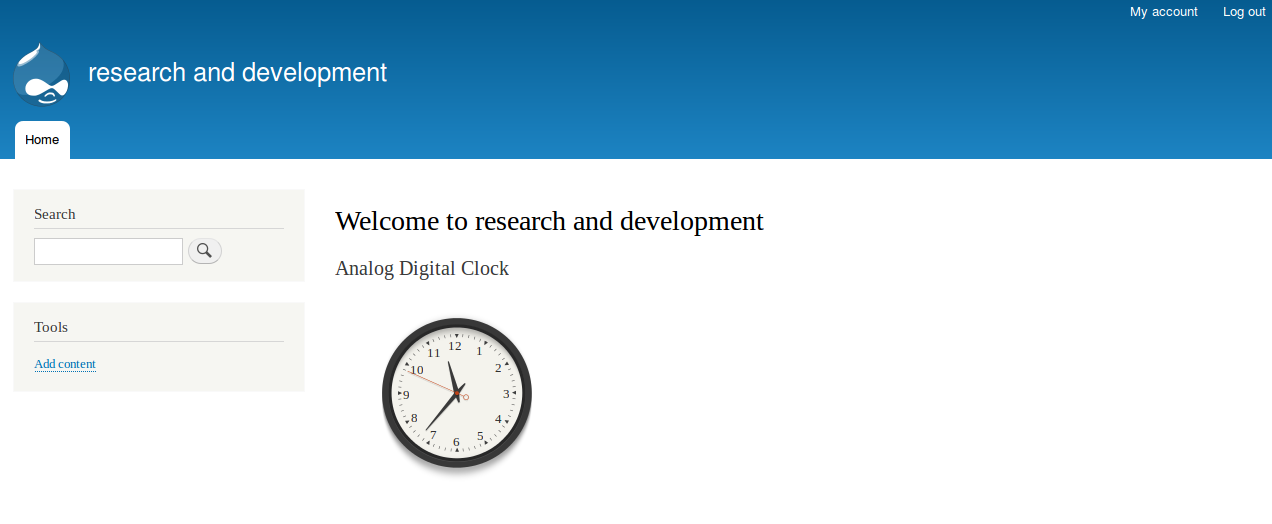
So is it a skill worth retaining for reasons other than tradition and function? The clock-face test's utility suggests that analog time telling is different at a neurological and cognitive level than its digital counterpart. Though at least one Neurologist, Professor Simon Lewis of The University of Sydney's Brain & Mind Centre, does not anticipate a time when the clock-face test will not be able to be used, there is a real possibility that within decades at least some older people will not have the base level of skill in analog time telling required for this test to be valid. Drawing an analog clock with hands set to a specified time offers great insight into visuospatial ability and reasoning. "Draw a clock" is a clinical test commonly used in conditions like dementia and stroke. It allows them to feel less stressed and focus on the content of their exam." "Using a digital clock in an exam room is one way of reducing the cognitive load on students. "Calculating how much time is left is easier for many people using a digital clock," says Ms Walker. They have no concern about digital clocks being added to high-stress locations, such as exam rooms. "Analog time telling still has relevance as analog clocks are still prominent," says Ms Walker. Using digital clocks in exam rooms allows students to feel less stressed and focus on the content of their exam.

"High fashion watches for teenagers are moving back to analog," says Ms Walker. Computers and phones include analog time display options, and even research that looks at children's time telling through touch-screen technology includes both digital and analog clock faces.Īnd then there is fashion. Yet analog clocks persist, and not only in historical settings. "Our children are digital natives and, within a generation, their teachers will be also," says Sonja Walker, an experienced teacher and director of a multidisciplinary service for supporting children. In most realms of life, digital clock interfaces now vastly outnumber analog. "Not only do we count from, say, seven to 12 after waking up, and then back to one before two, we further count within each hour from one to 60." "Counting is hierarchically embedded," says Dr Goldwater. "While the hour is somewhat sensible, with an arrow directly pointing at the number, you then need to do some proportional reasoning with, for example, three-twelfths being equivalent to fifteen-sixtieths," he says.ĭigital time seems instinctively easier but still involves unique numerical concepts. High fashion watches for teenagers are moving back to analog, says teacher Sonja Walker.

(For a comic take on these complexities, watch Dave Allen's classic stand-up routine.) Our children are digital nativesįor a more scientific take, I asked Dr Micah Goldwater, senior lecturer in the School of Psychology at The University of Sydney.

Consider the numeral 9, which can stand for nine, 45, 15, one quarter, three quarters, or even 21. There is no doubt that learning to tell analog time is hard. Pre-schoolers continue to be introduced to analog time by ABC TV's Play School, just as they have for over 50 years. Analog clock reading skill isn't a question being posed by researchers, and information from NAPLAN or other school-based assessment is not available.Īnalog clock reading still ticks away on our school curriculum, ranging from reading half-hours in early primary school to 24-hour time systems being covered in later primary years. There is anecdotal evidence that analogue clocks are increasingly met with blank faces, with teachers chiming into the debate and talk show host Jimmy Kimmel conducting vox pop research.įinding strong evidence is harder. Is it true that children are increasingly incapable of reading analog clocks and, more importantly, does it matter? Alarm bells rang following reports from the UK that digital clocks are replacing their analog counterparts in high school exam rooms.


 0 kommentar(er)
0 kommentar(er)
